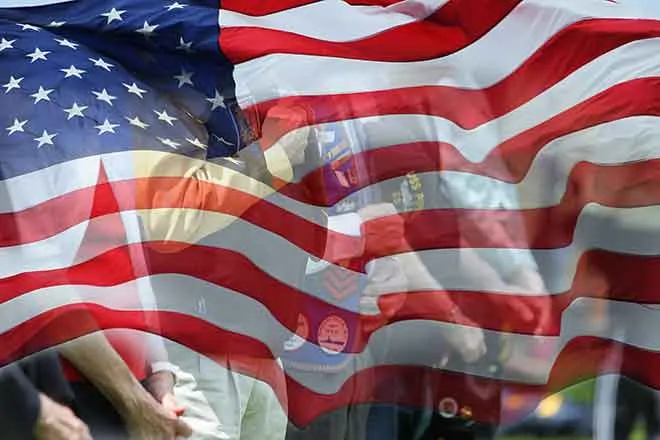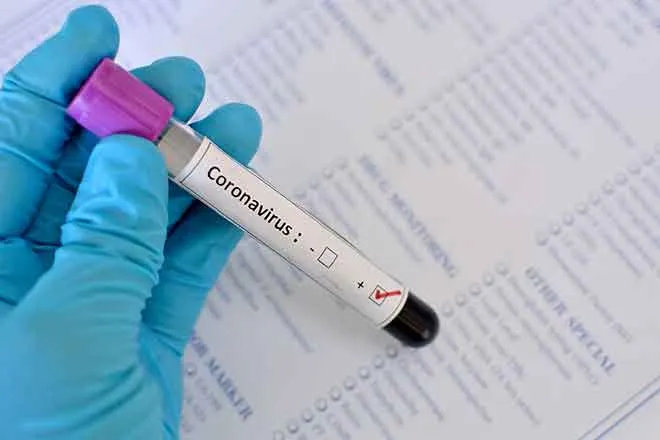
Awe-inspiring examples of lifesaving medical devices
Technology has gone through some remarkable changes in the past few decades, especially within the medical field. The inventions and innovations we use today are truly mind-blowing. Even commonplace medical devices have the power to completely change someone’s life. It’s easy to look at these well-known tools and take them for granted, but sometimes, you have to take a step back and admire how many advancements we’ve made. Take a moment to appreciate these awe-inspiring examples of lifesaving medical devices.
Ventilators
Ventilators, or mechanical ventilation systems, help patients breathe when they can’t do so on their own. This is invaluable after major injuries or when a patient is in a coma. However, ventilators are also crucial tools when treating illnesses. This has become even more obvious throughout the COVID-19 pandemic, when patients with extreme symptoms need ventilators to keep breathing. While ventilators don’t directly treat injuries or illness, they help patients stay alive and stable while the body heals.
Microfluidic diagnostic devices
Microfluidic diagnostic devices offer a faster, easier, and more reliable form of diagnostics. From monitoring infectious diseases to early cancer detection, microfluidic diagnostics are applicable in a wide range of medical fields. With faster processing times and more accurate results, doctors can detect diseases or conditions earlier than ever. Early detection makes cancer treatment more effective and helps prevent the spread of infectious diseases. Across all fields, microfluidic diagnostic tools are clear examples of lifesaving medical devices.
Pacemakers
Getting a pacemaker is a minor surgery, which is an incredible feat considering that this device helps regulate your heartbeat. Pacemakers use low-energy electrical signals to rectify an irregular heartbeat. This is life-changing for elderly patients, people who have suffered heart attacks, or patients with arrhythmia. Pacemakers have been around since 1950, but over time, scientists have developed smaller, more reliable, and programmable versions of this invention to make it as effective and minimally invasive as possible.

















